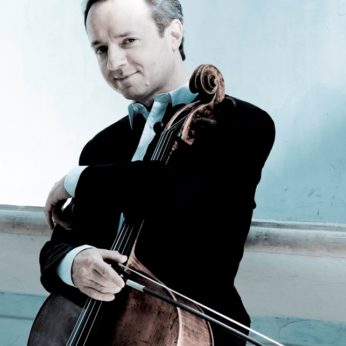Composer: Zoltán Kodály (b. 1882 - d. 1967)
Performance date: 03/07/2013
Venue: St. Brendan’s Church
Composition Year: 1915
Duration: 00:29:57
Recording Engineer: Damian Chennells, RTÉ lyric fm
Instrumentation: vc
Instrumentation Category:Solo
Artists:
Marc Coppey -
[cello]

Born in
the Hungarian town of
at the Royal Academy of Music in
He developed a passion for folk music and with fellow-student Béla Bartók
undertook the enormous task of locating and writing down the traditional music
of
and its surrounding nations. It was to be a remarkable lifetime undertaking for
both musicians, travelling widely across the region often to almost
inaccessible places. Their research greatly influenced their own compositions.
Kodály did not achieve international fame until his middle years, starting with
the Psalmus Hungaricus in 1923 but he had already completed a wide range of music
and was recognised as a leading composer in
of his orchestral work Summer Evening
in 1906, a later favourite of Toscanini. Cellist Jenö Kerpely gave the first
performances of a number of his compositions including this Solo Sonata written
in 1915, which Kodály dedicated to him.
The
Sonata is a substantial 30-minute work in three movements and could be regarded
as an extended fantasia evolved from Hungarian folk-music and reflecting its
many colours, offbeat harmonies and changeable moods. Kodály employs all kinds
of special techniques in his score requiring considerable dexterity, for
example having pizzicato effects played while bowing the strings. He also
employs scordatura, which involves tuning the C and G strings down to B
and F sharp, adding to the piquancy of the music.
The
first movement opens with a vigorous statement followed by a long undulating
theme. The music becomes more intricate with sudden bursts of speed leading to
a slower, contemplative sequence exploiting the full range and colour of the
instrument. The second movement picks up where the first left off, beginning
with deeply resonant slow-moving notes. A wistful tune with pizzicato
accompaniment emerges and is developed leisurely with the opening sequence
returning in between variants on it, rather like a slow rondo. The music becomes increasingly impassioned
before slowing down to its initial ruminative mood. A final burst of energy
introduces the plaintive coda which fades away to a single pizzicato note. The finale is a brilliant affair, opening
with a lively folk-dance. This is set against a slower, swinging tune and the
melodies are developed in a sparkling sequence, almost a panorama of Hungarian
traditional themes and moods. There are many remarkable effects and exciting
passages to display the performer’s virtuoso technique. It provides an
invigorating conclusion to this remarkable and absorbing Sonata.
Copyright © 2025 West Cork Music. All rights reserved.
Designed and developed by Matrix Internet